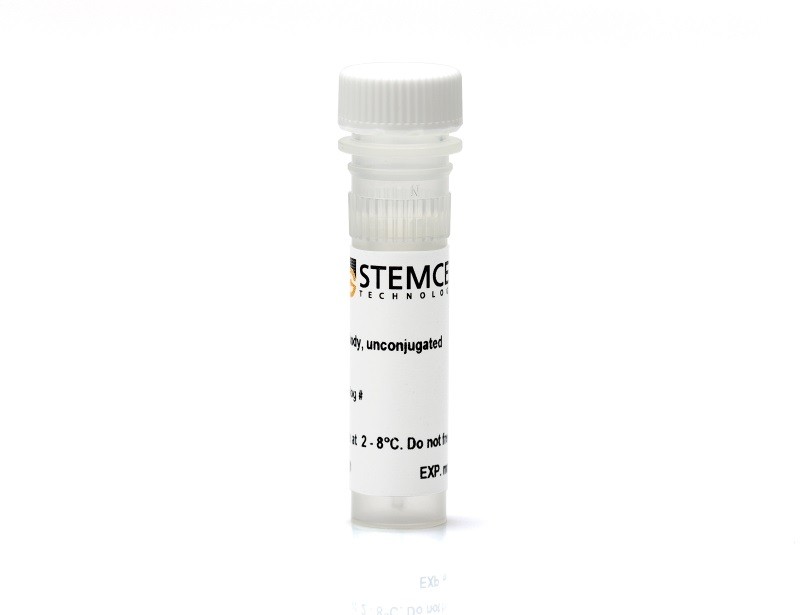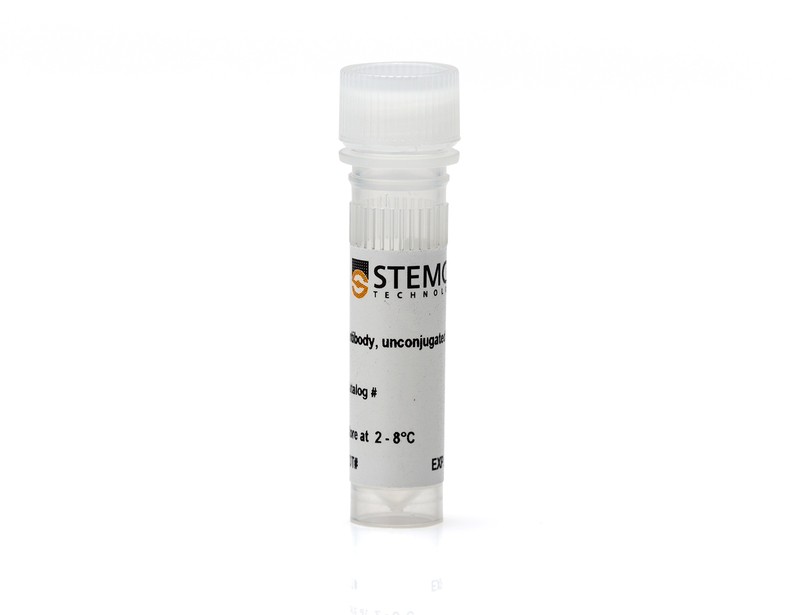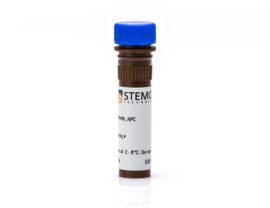
Overview
The HI9a antibody reacts with an extracellular epitope on human CD9, a 24 kDa single-chain type III transmembrane glycoprotein. CD9 is broadly expressed, including on the surface of monocytes, developing B cells, activated T cells, granulocytes, epithelial cells, endothelial cells, and platelets (mainly the α-granules) and is also a marker characteristic of extracellular vesicles.
CD9 belongs to the tetraspanin family of proteins, which contain four transmembrane domains, two extracellular loops, and short cytoplasmic N- and C-termini. It is involved in mediating several cellular processes, including angiogenesis, by promoting cell adhesion, migration, and signal transduction, and is involved in cell fusion processes linked to fertilization, osteoclastogenesis, and myogenesis.
Subtype: Primary Antibodies
Target Antigen: CD9
Alternative Names: DRAP-24
Reactive Species: African Green Monkey; Baboon; Capuchin Monkey; Cynomolgus; Rhesus; Chimpanzee; Human
Conjugation: Unconjugated
Host Species: Mouse
Cell Type: Other
Application: Flow Cytometry; Western Blotting
Area of Interest: Extracellular Vesicle Research
Clone: HI9a
Gene ID: 928
Isotype: IgG1, kappa








